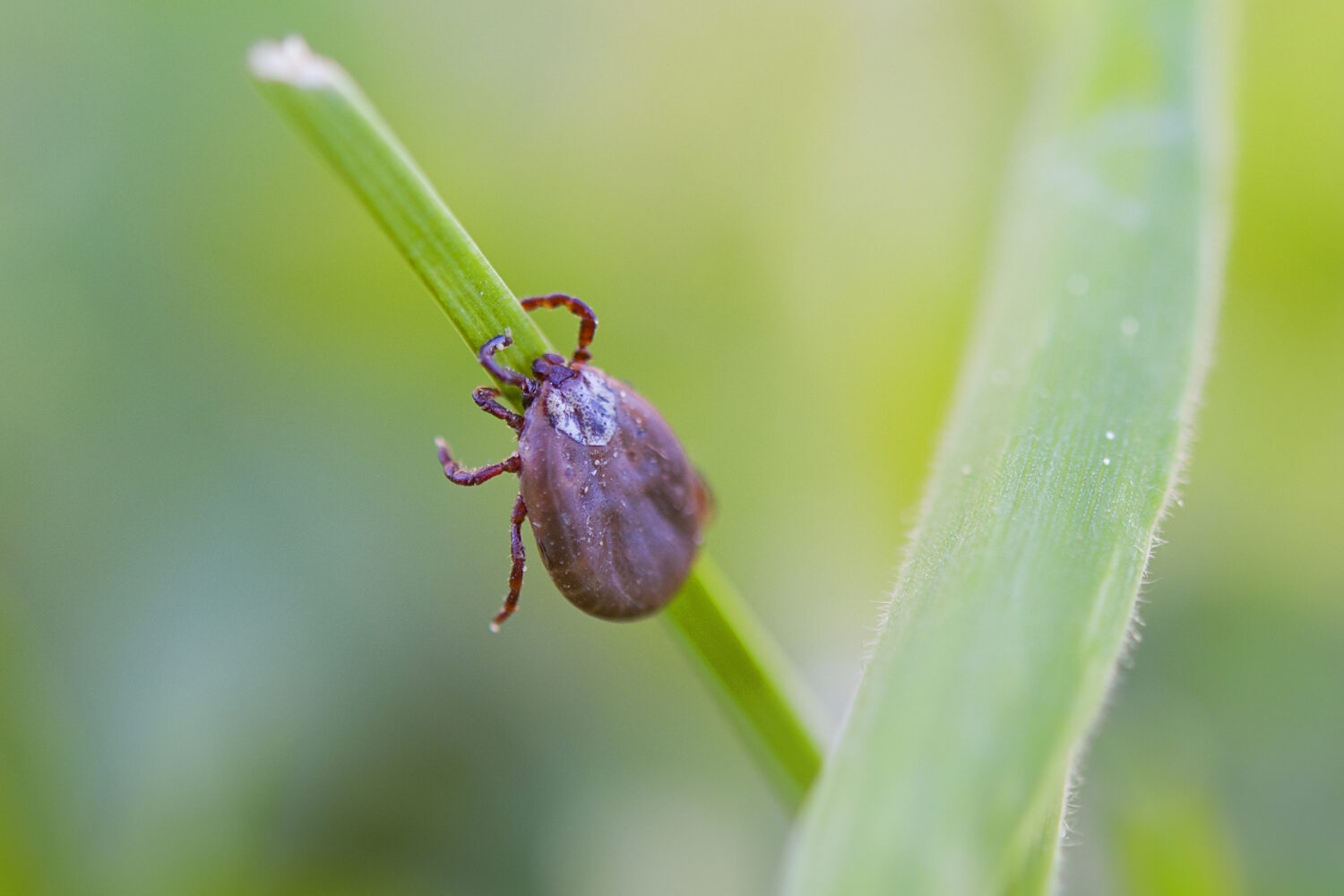
Every summer, millions of Americans head outdoors, only to return with an unwelcome hitchhiker: the black-legged tick. These tiny parasites are notorious for spreading Borrelia burgdorferi, the bacteria that cause Lyme disease. Lyme is reportedly the most common vector-borne disease in the U.S., with nearly half a million people diagnosed each year. For many, it brings months or even years of fatigue, joint pain, and neurological symptoms. With cases rising across the country, new solutions are urgently needed.
And here’s the twist: the newest solution doesn’t focus on ticks at all. It focuses on mice.
Why Mice?
While deer often get the blame, white-footed mice are actually the main reservoir for Lyme disease. Ticks feed on these mice, pick up the bacteria, and then pass it along to humans. If researchers can stop the bacteria from living in mice, they can stop the cycle of infection before it reaches us.
A Genetic Breakthrough
On 60 Minutes this week, scientists Dr. Kevin Esvelt and Dr. Joanna Buchthal at MIT shared an exciting new approach: editing the DNA of mice so they no longer carry Lyme bacteria. The idea is simple but powerful — make the mice resistant, release them into the wild, and future generations of mice would act as a natural shield against disease.
It’s a bold plan that could dramatically reduce Lyme cases without trying to eliminate ticks or disrupt entire ecosystems.
The Big Questions
Of course, every big idea comes with challenges. Researchers are still figuring out:
- How can we safely introduce the new genes into large wild populations?
- What if any unexpected ripple effects could there be for the ecosystem?
- What are the community perspectives on living alongside these helpful mice?
The science is promising, but it’s still in early stages. If successful, this approach could one day make summer hikes and camping adventures a lot safer.
At the Rainwater Charitable Foundation, we’re proud to support this groundbreaking research. Our funding helps scientists push the boundaries of what’s possible in public health including exploring approaches that may one day protect millions from Lyme disease.
We believe that by backing innovative, sometimes unconventional science, we can spark solutions that truly change lives.
Learn More
Want to see the full story and learn more? Watch the 60 Minutes feature here: Genetically engineering mouse DNA could be key to curbing Lyme disease | 60 Minutes
Visit the Mice Against Ticks Website for more information.

